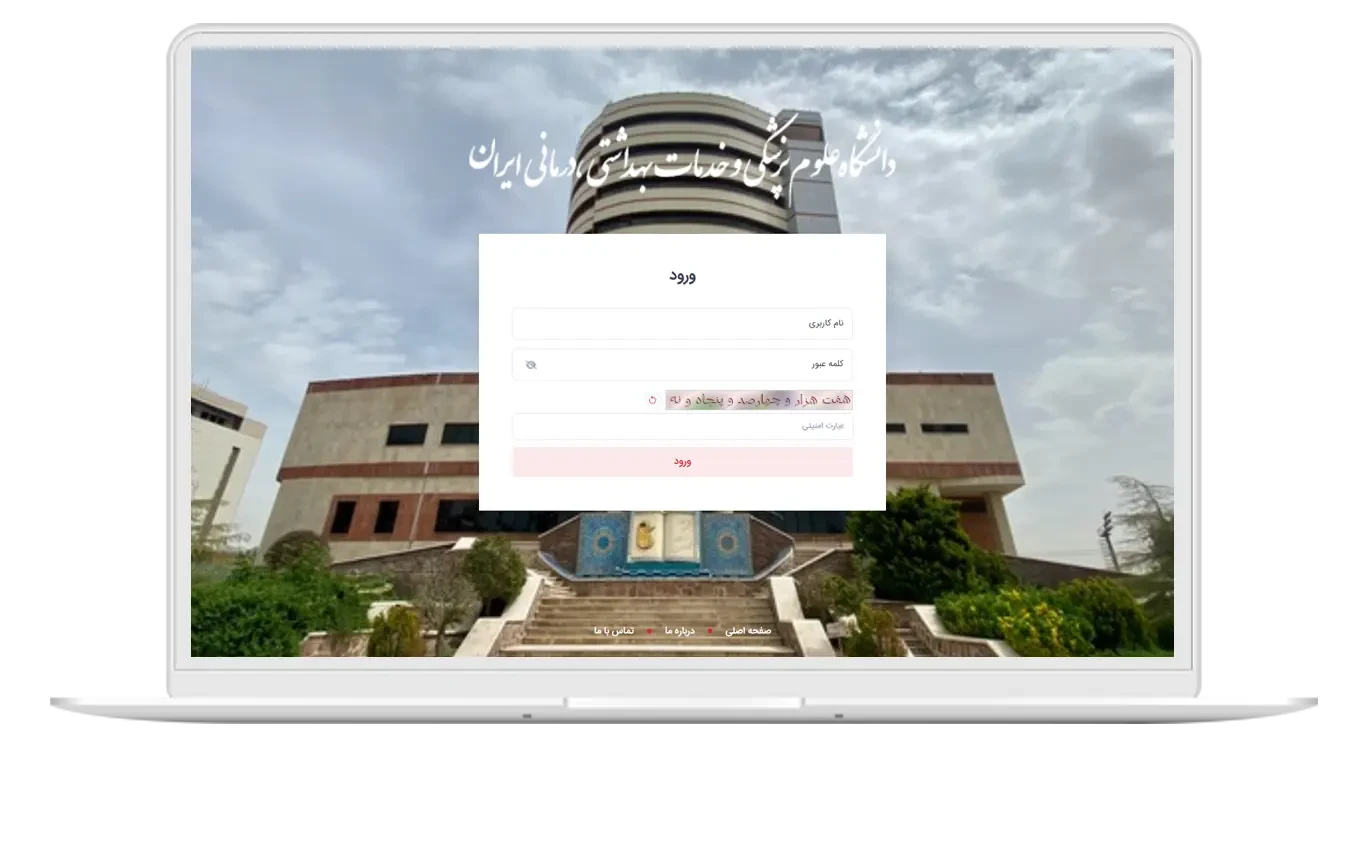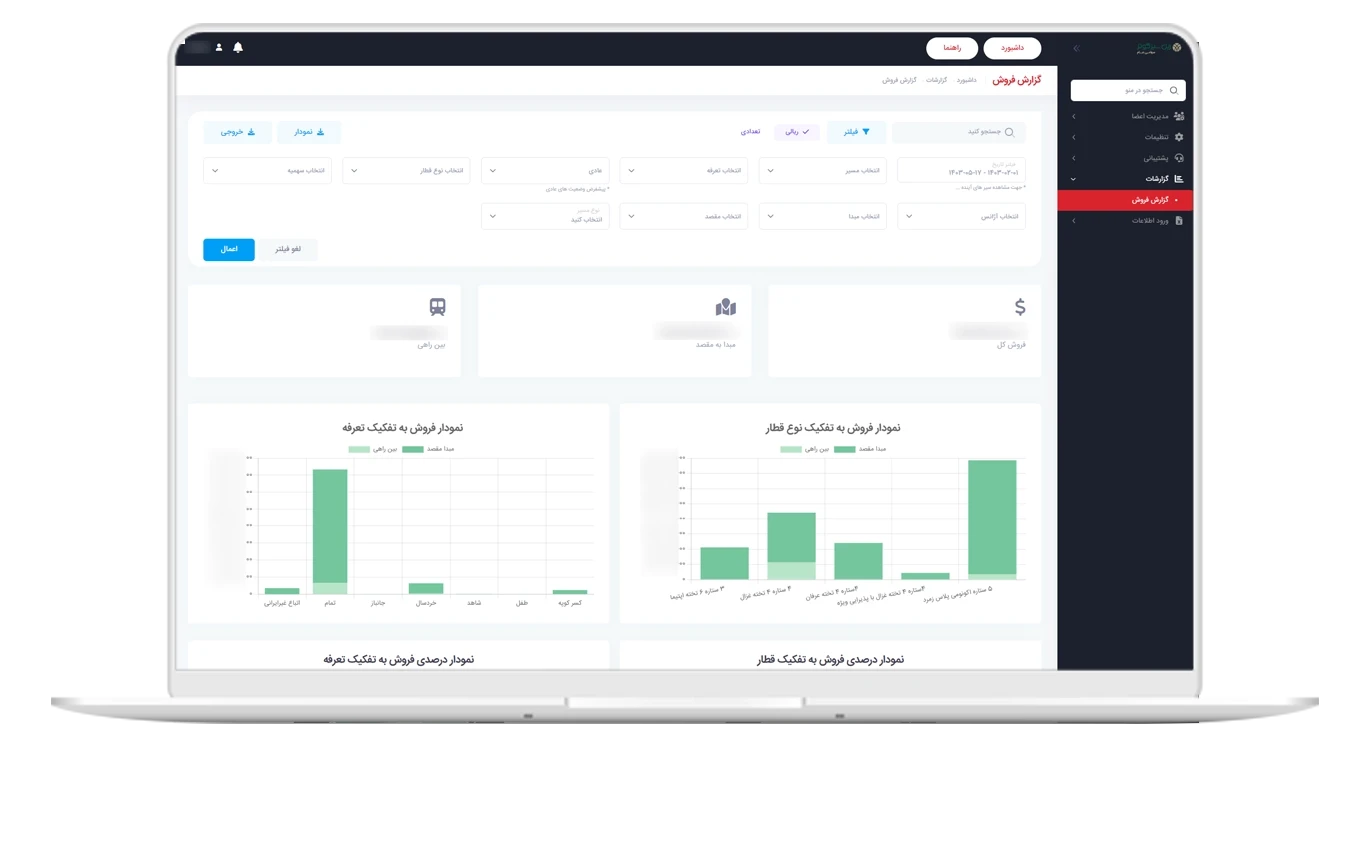In the digital age, organizations and governments are seeking ways to improve efficiency, reduce bureaucracy, and accelerate service delivery to citizens and businesses. One innovative Rahkarpouya in this area is the Smart Single Window System, which acts as a unified platform for managing and facilitating administrative and commercial processes.
What is a Smart Single Window System? A Smart Single Window System is a digital platform that provides various government and organizational services in a unified environment. This system is designed to reduce in-person visits, optimize administrative processes, and accelerate access to services. Users can access the information, forms, and requests they need through this system and conduct administrative processes electronically.
Benefits of Using the Smart Single Window System
- Reduced Administrative Bureaucracy: This system simplifies complex and time-consuming administrative processes and enables faster processing of matters.
- Increased Transparency and Reduced Corruption: By digitizing processes, the possibility of abuse and administrative corruption is reduced, and oversight of organizations' performance is increased.
- Time and Cost Savings: Reducing the need for in-person visits and optimizing work processes reduces operating costs and accelerates service delivery.
- Easy Access and 24/7 Service: Users can access system services anytime, anywhere, without time or location restrictions.
- Improved Inter-organizational Interaction: This system facilitates communication between different institutions and integrates inter-organizational processes.
Key Features of the Smart Single Window System
- Request Registration and Tracking: The ability to register administrative and commercial requests and track their status online.
- Data Integration: Consolidation of information from various organizations into a single platform to increase efficiency.
- Electronic Identity Verification: Using modern technologies to verify user identities and ensure information security.
- Connection to Financial and Banking Systems: The ability to pay for services electronically.
- Reporting and Data Analysis: Providing analytical reports to improve organizational performance and increase transparency.
- Support for International Interactions: Facilitating business processes and international communications through an intelligent and integrated system.
The Service desk of the Ministry of Roads and Urban Development and related systems. In many countries, governments are launching Service desk of the Ministry of Roads and Urban Development to provide public services through a centralized digital platform. These systems allow citizens and businesses to receive all the services they need through a single gateway without having to visit various institutions in person. These single windows typically include services such as company registration, tax payments, business licenses, social insurance, and citizen services.
Government Organization Service Gateways In addition to national single-window systems, many government organizations have independently developed their electronic service gateways. These gateways are designed to provide specific services for each organization and include features such as request registration, online consultation, license issuance, and administrative follow-up. Connecting these gateways to single-window systems can improve the integration and efficiency of e-government.
Applications of the Smart Single Window System
- Trade and Customs: Facilitating order registration, issuing trade licenses, and accelerating customs clearance.
- Government and Administrative Services: Providing services related to company registration, business licenses, and tax matters.
- Urban and City Planning Management: Facilitating processes related to building permits, municipal services, and property management.
- Banking and Financial Services: Providing features such as paying tolls, taxes, and other government fees electronically.
Conclusion The Smart Single Window System is one of the key tools for digital transformation in government and commercial sectors. This system, by accelerating processes, increasing transparency, and improving access, reduces costs and optimizes services. With the development of artificial intelligence and data mining technologies, the future of these systems can be even more efficient and intelligent. Also, connecting government service windows and government organization gateways to this system can increase integration and improve user experience.





